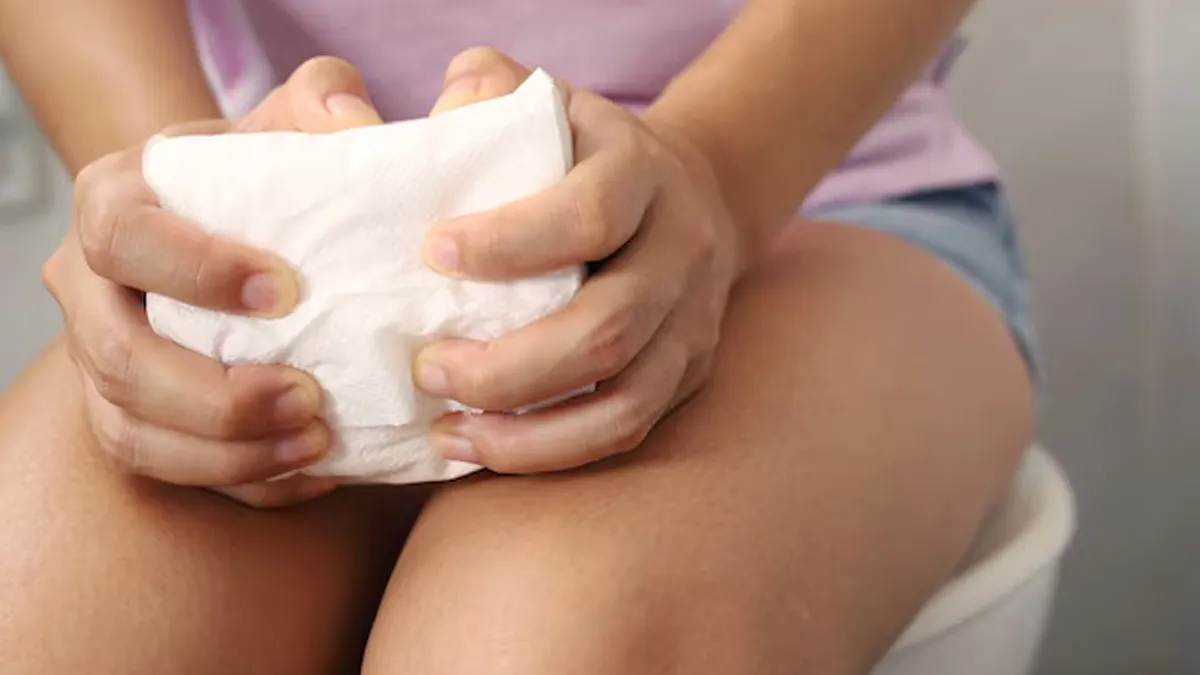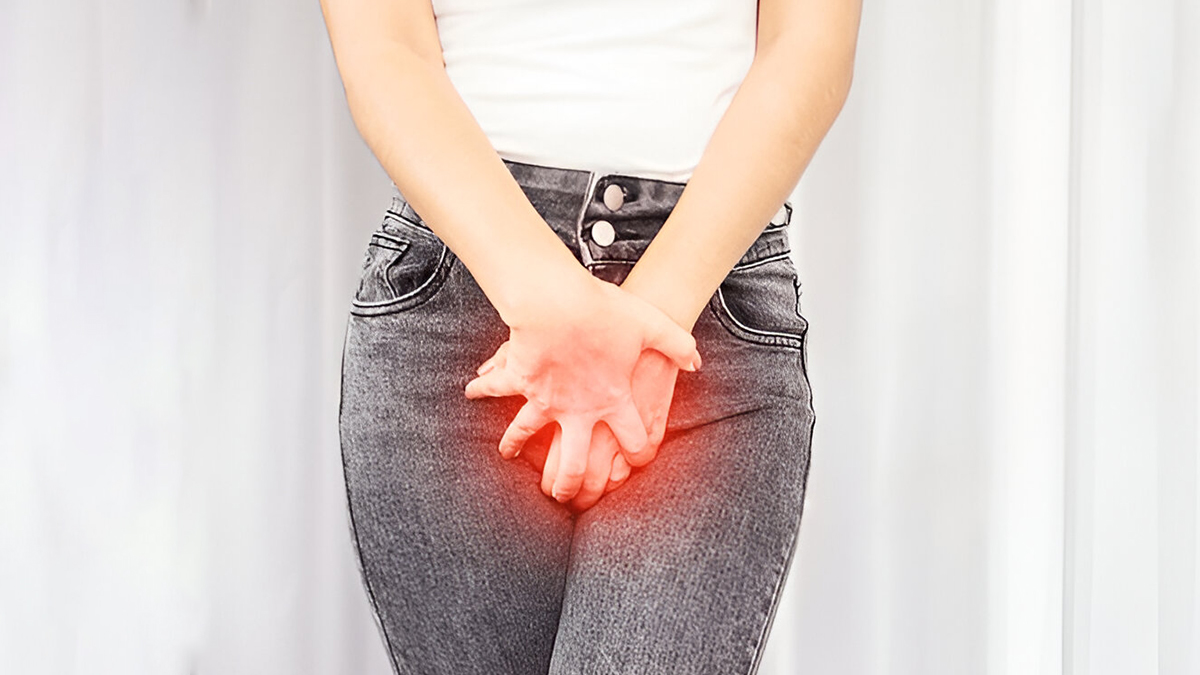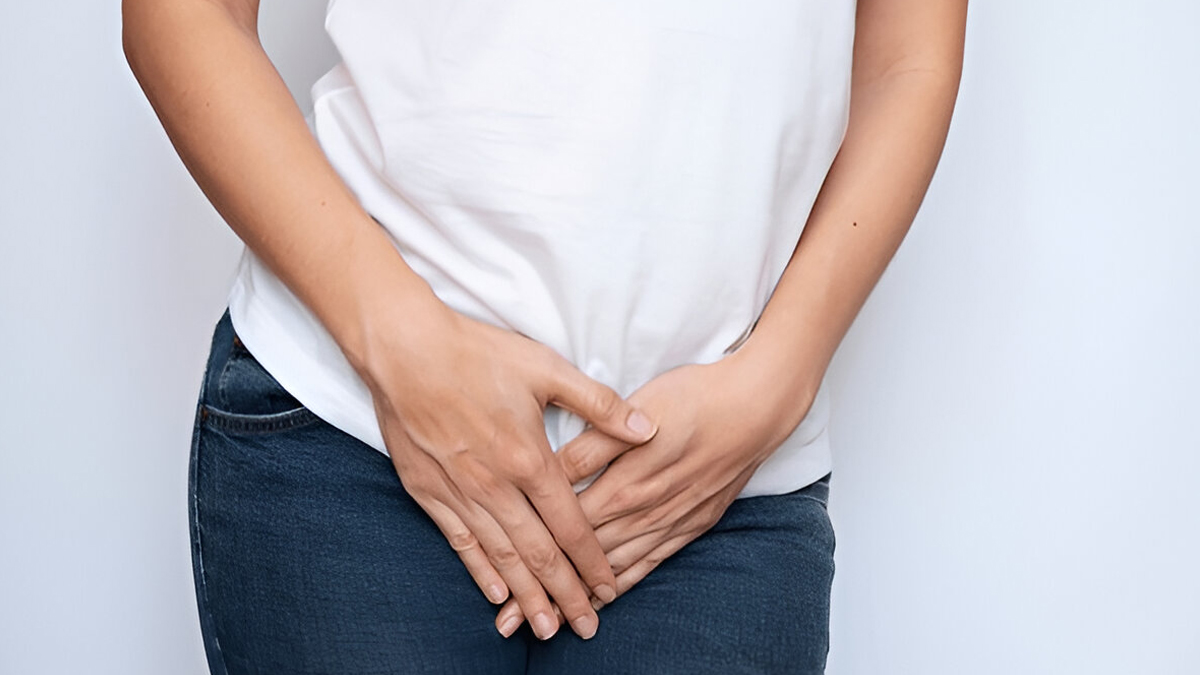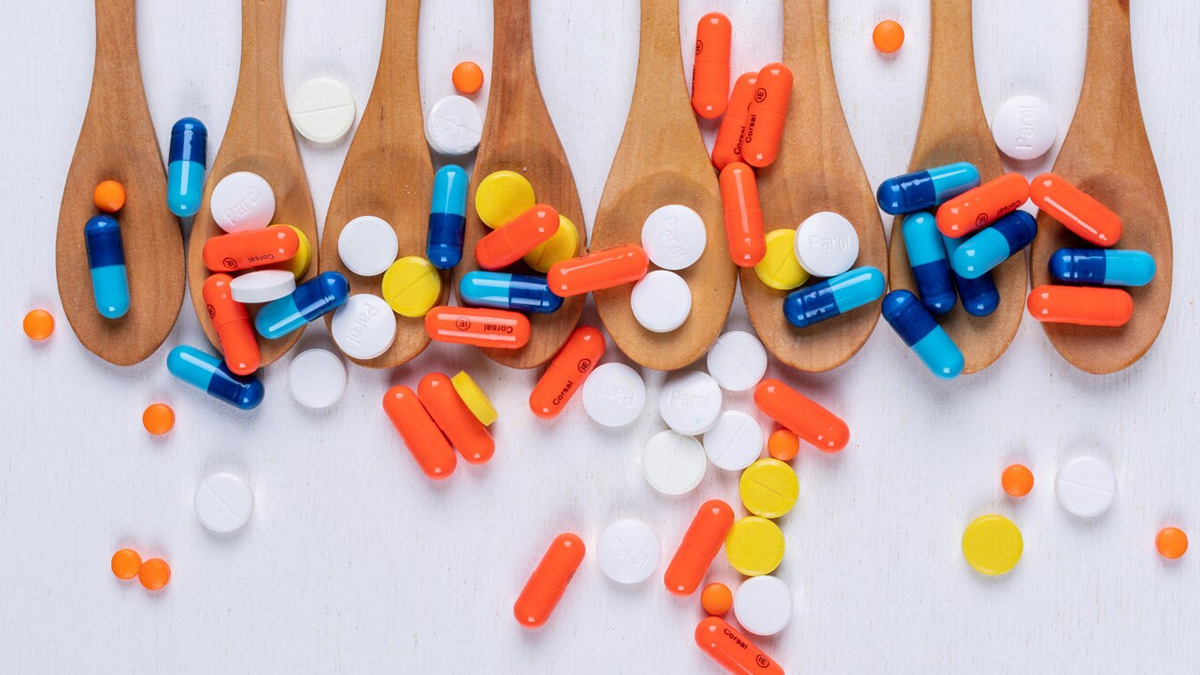
Talking about intimate health and hygiene is still considered taboo in many parts of the world. As a result, when women experience issues like vaginal itching, thick odourless discharge, or pain and burning during intercourse or urination, it becomes difficult to understand what's going on, simply because we're too embarrassed to talk about it openly.
Table of Content:-
One such condition that can lead to all of the above-mentioned problems is yeast infection. Yeast infection, also known as candidiasis, is a common fungal infection caused by an overgrowth of the yeast Candida. There is no one thing that triggers or causes a yeast infection; in fact, a number of factors, including one's daily habits, can increase a person's risk. In an interaction with the OnlyMyHealth team, Dr Nidhi Gohil, Birla Fertility and IVF, Gurgaon Sec-43, lists five surprising things that can give you a yeast infection.
Also Read: Is It PMS Or A Vaginal Infection? Here’s How to Tell the Difference
Not Drying Properly After A Bath

According to Dr Gohil, not drying properly after a bath can increase the risk of a yeast infection. Maintaining a dry environment in the genital area is crucial for preventing the overgrowth of yeast. Moisture provides a breeding ground for yeast, so lingering wetness, such as from a wet bathing suit or not drying thoroughly after a bath, can contribute to infection.
Wear Tight, Damp, Synthetic Underwear
In addition to not drying properly after a bath, wearing tight, damp, and synthetic fabric underwear can create an ideal spot for yeast to grow, says Dr Gohil. “When you wear things that don’t breathe well — like tight jeans or synthetic underwear — heat and moisture can build up quickly. And that’s exactly the kind of environment yeast loves.”
Therefore, the doctor recommends choosing natural, breathable fabrics like cotton, especially if you’re prone to infections.
Using Scented Soaps And Intimate Washes

Intimate hygiene is so important, but it does not mean you use commercial products that are scented and promise to make your genitals smell like flowers. While they may be fragrant, they aren’t doing your body any favours, as per Dr Gohil. She says, “Scented soaps and washes can disrupt the natural pH of the vagina and reduce the good bacteria that normally protect you. That disruption makes it easier for infections to happen, including yeast overgrowth.
Eating A High-Sugar Diet
"A high-sugar diet can feed yeast and help it grow faster than it normally would," Dr Gohil notes, adding that it is one of the reasons why people with diabetes often have a higher risk of the infection. "Their bodies have more sugar circulating, and yeast takes full advantage of that."
A 2024 study found a possible link between type 2 diabetes and candidiasis, using a method called Mendelian randomisation. Researchers discovered that people with type 2 diabetes, especially those with severe autoimmune forms, may have a higher genetic risk of developing candidiasis. While the exact cause-and-effect relationship is still unclear and more research is needed, this study highlights a potential connection that could help in better understanding and managing both conditions.
Also Read: Tips To Handle A Recurring Yeast Infection
Antibiotic Usage

Antibiotic use is another thing that increases the risk of yeast infections – "This one surprises a lot of people," says Dr Gohil.
She adds, "While antibiotics help fight bad bacteria, they also kill off the good ones that keep yeast in check. So, after a course of antibiotics, especially if it’s a strong or long one, there’s often a window where yeast has a better chance to take over."
Conclusion
Yeast infection is common but treatable. However, it is important to first confirm the condition. If mistaken for other infections, especially bacterial, it may pose more risk, as antibiotics are usually prescribed for a bacterial infection, which in turn can do more damage if the condition is purely fungal. The key is to maintain intimate hygiene and ensure that you keep a check on your diet. Avoid using scented soaps and washes, as they may do more harm than good.
Also watch this video
How we keep this article up to date:
We work with experts and keep a close eye on the latest in health and wellness. Whenever there is a new research or helpful information, we update our articles with accurate and useful advice.
Current Version